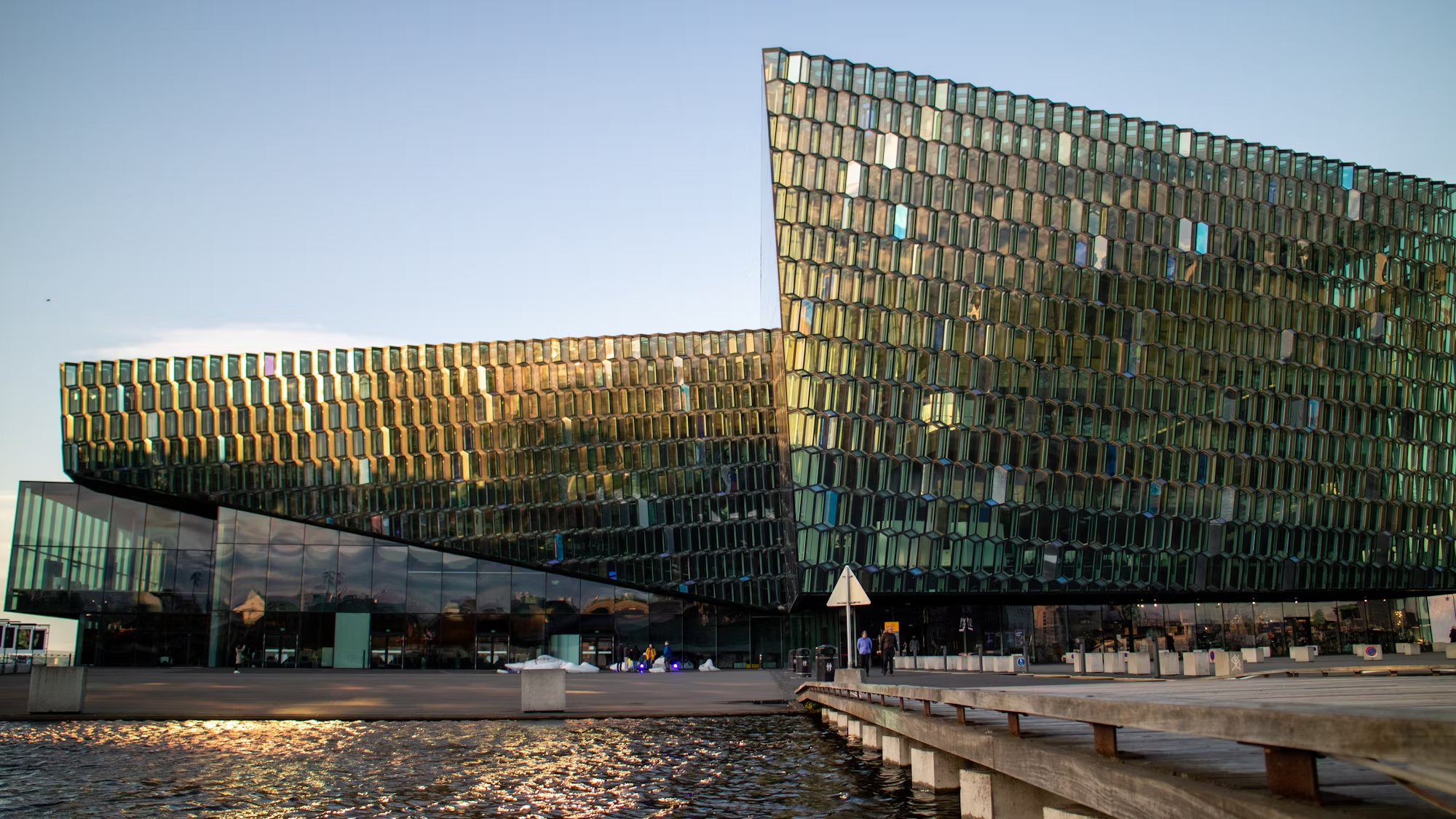Museums are portals to a world of knowledge, creativity, and exploration, serving as vital spaces for education and entertainment. They offer visitors the chance to immerse themselves in various themes, ranging from art and history to science and culture. Each type of museum presents a unique experience that reflects the richness of human endeavor and the natural world. Art museums, such as The Louvre and The Museum of Modern Art (MoMA), house vast collections of visual masterpieces that span different periods and styles. These institutions provide a space for reflection and inspiration, allowing visitors to connect with the emotions and stories behind the artwork. Engaging with art not only fosters an appreciation for creativity but also encourages dialogue about societal issues and cultural narratives. Through exhibitions that highlight both classic and contemporary works, art museums promote a deeper understanding of the artistic process and its relevance in today’s world. Moving beyond visual art, natural history museums, like The American Museum of Natural History, showcase the wonders of our planet through exhibits that explore geology, paleontology, zoology, and anthropology. These institutions invite guests to journey through time and space, discovering the intricate connections between life forms and their environments. Interactive displays, fossil exhibits, and immersive environments create a sense of wonder and curiosity, engaging visitors of all ages. By presenting scientific knowledge in an accessible manner, natural history museums inspire appreciation for biodiversity and the importance of conservation. Science museums, such as the Exploratorium and the London Science Museum, further enhance this spirit of inquiry by focusing on scientific advancements and interactive learning. These spaces encourage hands-on exploration and experimentation, allowing visitors to engage with concepts in physics, chemistry, biology, and technology. Educational programs, workshops, and demonstrations complement the exhibits, providing opportunities for deeper learning and fostering critical thinking skills. In an era defined by rapid technological change, science museums play a crucial role in inspiring the next generation of innovators and problem solvers. History museums, including The British Museum and The National Museum of American History, preserve and interpret the narratives that shape our understanding of the past. Through artifacts, documents, and multimedia presentations, these institutions offer a comprehensive view of human civilization across different cultures and eras. Visitors can explore significant events, social movements, and cultural developments, allowing them to engage with the complexities of history. By contextualizing the past, history museums promote discussions about identity, heritage, and social progress, making the lessons of history relevant to contemporary society. Technology museums highlight the innovations that have transformed our lives, showcasing the evolution of tools and machinery that define modern existence. Institutions like The Museum of Science and Industry and The Computer History Museum celebrate human ingenuity, providing insights into the inventions that have shaped industries and everyday life. Exhibits may feature everything from early computing devices to cutting-edge technologies, inviting visitors to reflect on the impact of these advancements on society. By exploring the intersection of technology and culture, visitors gain a deeper appreciation for the role of innovation in shaping our world. Specialty museums cater to niche interests, creating spaces where enthusiasts can celebrate specific subjects. From aviation and maritime history to fashion and sports, these museums provide focused explorations of themes that resonate with diverse audiences. By curating specialized collections and hosting events, they foster communities united by shared passions. These institutions not only preserve unique artifacts but also engage visitors through educational programming, workshops, and interactive experiences. Children’s museums, such as the Boston Children’s Museum and The Children’s Museum of Indianapolis, prioritize play-based learning, creating engaging environments designed for young minds. Through hands-on exhibits and interactive activities, these museums inspire curiosity and creativity while promoting essential skills such as problem-solving and teamwork. By making learning fun and accessible, children’s museums play a vital role in early childhood education, helping to shape a lifelong love of discovery. With the rise of digital technology, virtual museums have emerged as innovative platforms that democratize access to art and culture. These online spaces allow users to explore exhibitions from anywhere in the world, breaking down geographical barriers and expanding the reach of museum collections. Virtual tours, interactive galleries, and educational resources provide opportunities for global audiences to engage with art and history, fostering a sense of connection to cultural heritage. As the world becomes increasingly interconnected, virtual museums play a pivotal role in promoting understanding and appreciation for diverse cultures. Ethnic and cultural museums showcase the rich tapestry of human experience, highlighting the traditions, art, and heritage of specific communities. These institutions provide platforms for underrepresented voices, fostering dialogue and understanding across cultures. By exploring cultural artifacts, art, and history, visitors gain insights into the values and experiences that shape different communities. Ethnic and cultural museums play an essential role in promoting inclusivity and celebrating diversity, encouraging visitors to appreciate the complexity of cultural identities. Living museums offer immersive experiences that transport visitors to historical settings, allowing them to engage with history in a dynamic way. These outdoor or interactive spaces often feature reenactors, traditional crafts, and demonstrations that bring history to life. By participating in hands-on activities and witnessing historical practices, guests can gain a deeper understanding of cultural heritage. Living museums invite visitors to interact with history, creating memorable experiences that resonate long after the visit. Ultimately, museums are much more than collections of artifacts; they are vibrant spaces that educate, inspire, and entertain. Each type of museum offers unique insights into the human experience, encouraging exploration, learning, and reflection. Whether through the lens of art, science, history, or culture, museums foster connections to the past, present, and future. By supporting and visiting these institutions, we contribute to the preservation of knowledge and the celebration of creativity, ensuring that the stories of our world continue to be shared for generations to come.
The Enchantment of Museums: Discovering the World Through Curated Experiences



